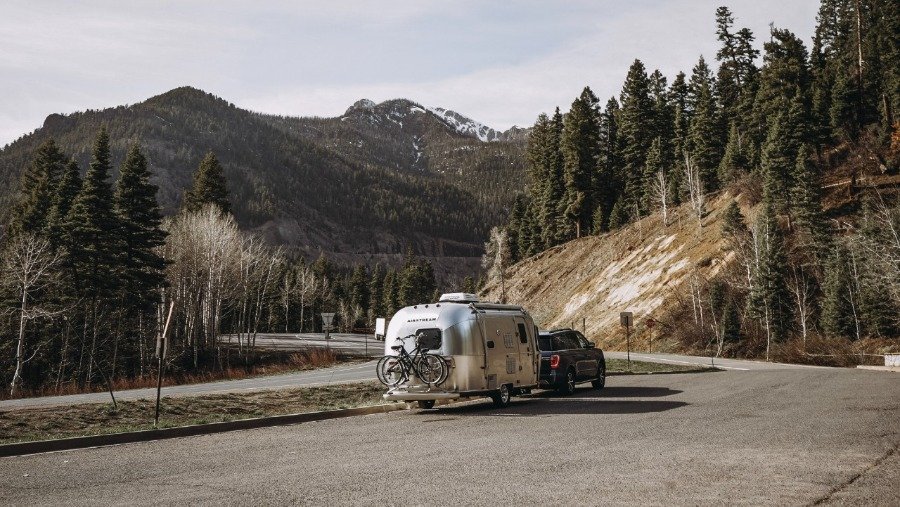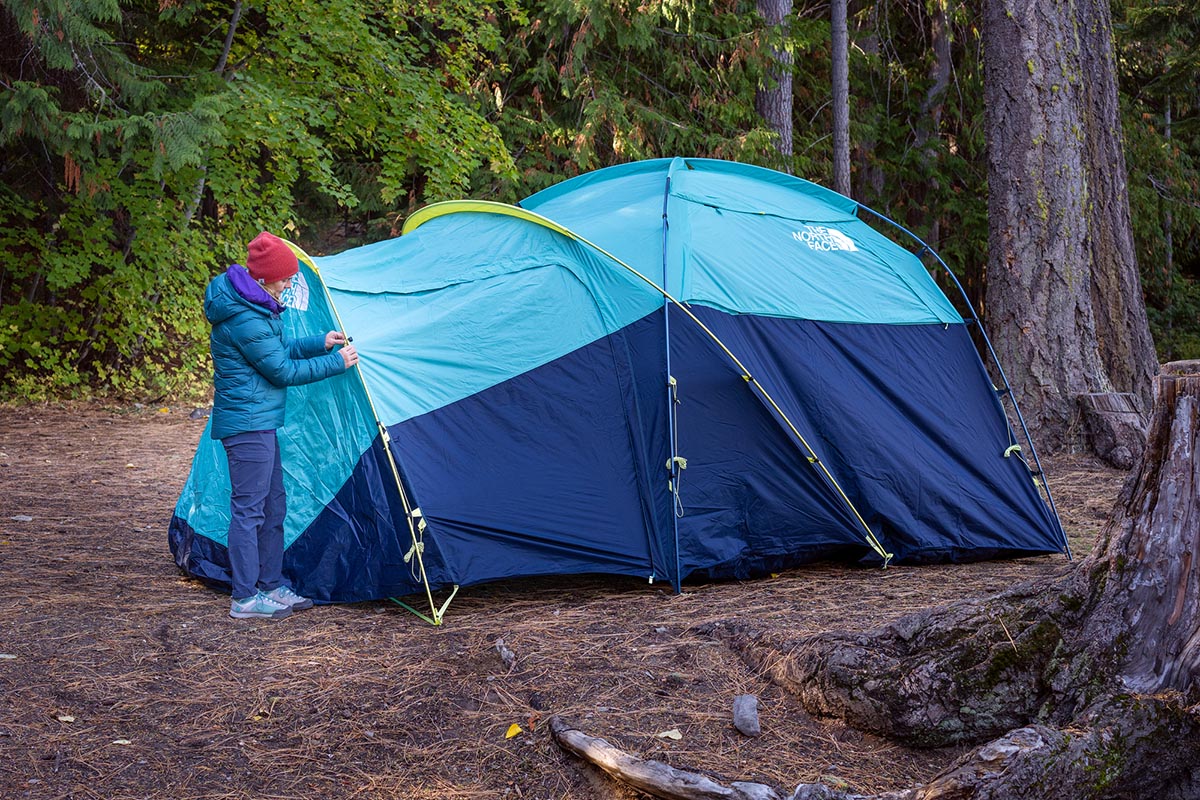Longest e-RV Trip Yet: Winnebago Charges Across Midwest
That’s the message from Winnebago’s public test drive of its All Electric RV, which just completed a 1,300-mile road trip across the Midwest. The total charging cost for the journey? $275.
At a time of rising gas prices and rapid inflation, electric vehicles look more attractive than ever. Efforts like this make it clear that the technology is ready and available for consumers. And it’s impossible not to see the benefit of spending less on an entire road trip than on a single $300 tank of gas.

Longest e-RV Trip Ever
The electric Winnebago RV trip began in Washington, D.C., after an exhibition at the RV Industry Association’s “RVs Move America Week.”
It included stops in Harpers Ferry, W.Va.; Pittsburgh, Pa.; Canton, Ohio; Cleveland, Ohio; Detroit, Mich.; Indiana Dunes National Park; Chicago, Ill.; and, finally, Eden Prairie, Minn. — the headquarters of Winnebago Industries.
It’s the e-RV’s longest trip and the first-known trip over 1,000 miles by any all-electric RV, the company said in a news release.
Winnebago first introduced the e-RV in January at the Florida RV Super Show. It calls the rig “the first all-electric zero emission motorhome concept from a major RV manufacturer.” The road trip, it said, illustrated the “growing feasibility” of electric-powered RV travel.
The e-RV comes with an “industry standard” 86-kilowatt hour battery with an estimated range of 125 miles. (That figure factors in the occupants using the vehicle’s various onboard powering systems.)
The mileage may not seem like much, but it actually meets the needs of a slim majority of new RV buyers, according to a 2021 survey. It found that 54% of new RV buyers prefer trips under 200 miles.
Drivers can charge the battery at home, at campgrounds, or at dedicated charging stations. At high-current charging stations, it needs about 45 minutes to recharge, Winnebago said in the initial announcement in January.
However, the average charge time the team observed on the road trip ran a little longer. Reportedly, the e-RV required about 1 hour and 2 minutes at DC fast chargers.
In-vehicle appliances include 350-volt DC power for the water heater and a roof-mounted air conditioner with a heat pump. There’s also a 110-volt AC for the induction cooktop and the refrigerator, which can operate on 12-volt DC power.

Industry Picks Up Speed
Like hybrid and electric cars, electric RVs have arrived late. Yet the push to make them a reality is here. Winnebago is just one of several companies with electric RVs in the works.
The Florida RV Super Show, where Winnebago debuted its entry, included exhibitions of several other electric RV prototypes. Those included the Airstream eStream and the Thor Vision Vehicle from Thor Industries. There’s also an e-RV coming from Zeus Electric and Sylvan Sport, not to mention Mercedes Benz’s all-electric, pop-up camper van.
While these companies might seem a little late to the party, the growth of the electric vehicle market shows no signs of slowing down. Industry research indicates an expectation that it will continue to grow at a compound annual growth rate (CAGR) of 33.6% through 2027. Meanwhile, Consumer Reports said Ford plans to produce 2 million electric vehicles every year by 2026.
If high gas prices become a new normal, e-RVs could quickly become the next big thing for outdoor recreation. The company’s publicity stunt illustrated the benefit clearly: saving 60% of the costs of a gas-powered trip.
“Our Advanced Technology Group was very innovative in our approach to building this first-generation e-RV,” said Ashis Bhattacharya, Winnebago Industries’ senior vice president. “We are excited to apply learnings from the road trip as we continue refining, exploring, and innovating future iterations of the vehicle.”






